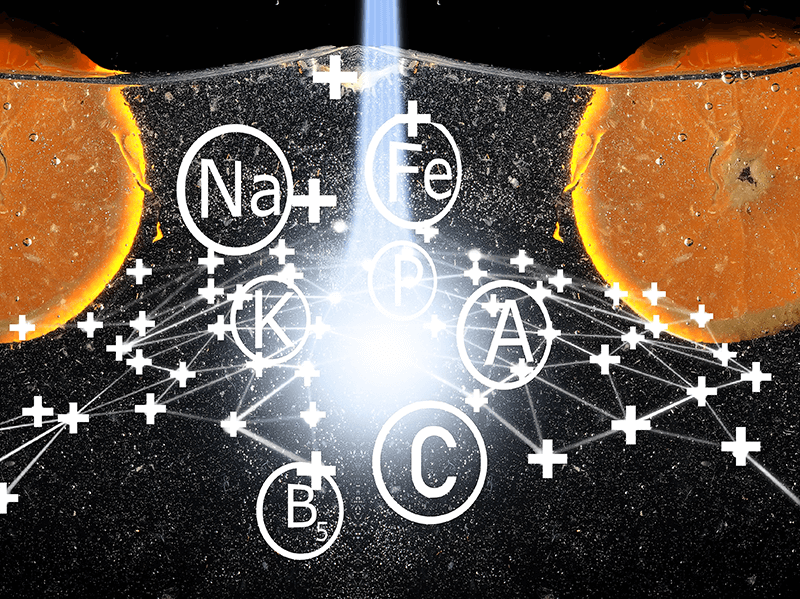- +033 2572 7171
- info@dhanvantary.com

4.5 Rating | 4500 Review

4.5 Rating | 4500 Review
Bioflavonoids, often referred to as vitamin P, represent a category of phytonutrients found in various plants. They are recognized as one of the most versatile nutrients contributing to overall bodily health. These complex compounds are closely linked to vitamin C and are predominantly found in a range of plants, especially citrus fruits. Research indicates that bioflavonoids play a crucial role in safeguarding vitamin C from oxidation, thereby enabling the body to derive greater benefits from this essential vitamin.

Numerous herbs possess medicinal properties due to their rich bioflavonoid content. As potent antioxidants, bioflavonoids enhance the efficacy of vitamin C, protect collagen from the action of collagenase (the enzyme responsible for collagen degradation), strengthen blood vessels, and improve oxygen delivery to cells.
The health-promoting effects of bioflavonoid include improved eyesight, good cardiovascular health and improved structure of connective tissues, good skin health and healthy immune system.
Bioflavonoid play an important role in the treatment and prevention of diseases, which are listed below:-
Bioflavonoids are primarily located in fruits, vegetables, and certain plant-based beverages.
The likelihood of experiencing side effects from bioflavonoids is minimal. However, allergic reactions may manifest as shortness of breath, hives, or swelling of the face, lips, tongue, or throat.
A deficiency in bioflavonoids can resemble a vitamin deficiency. Symptoms may include increased bruising and hemorrhage. Additionally, inflammation related to arthritis may arise due to bioflavonoid deficiency. Conditions such as diabetes, asthma, allergies, and nutrient deficiencies in pregnant and breastfeeding women may also be linked to a lack of bioflavonoids.
